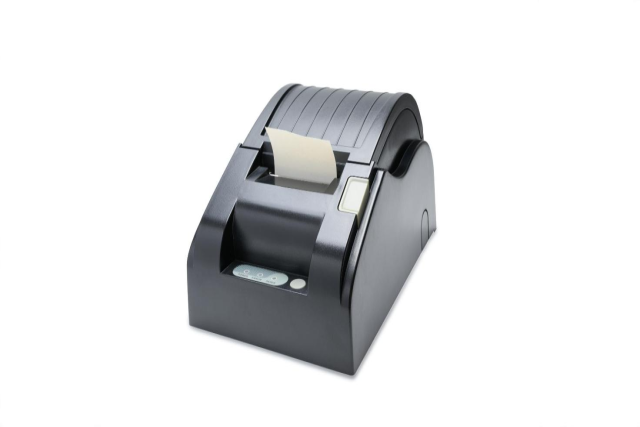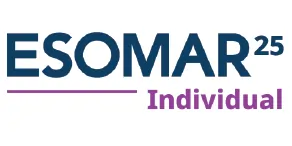
Through the provision of fast and reliable printing services, the thermal printing industry has made huge strides. Retail, healthcare, and logistics companies rely on thermal printing for label, receipt, and barcode printing. The need for better alternatives keeps growing. Let’s explore how thermal printers work, the primary printing techniques used, and their uses in different industries.
How Thermal Printers Work
Unlike other printers, laser printers do not use any cartridges. Rather, they integrate the use of sensitive materials. Since thermal printers do not use ink, the images that are printed have much better longevity, which makes them easier to maintain and cheaper to service. Because of this, their productivity is greatly improved. Indirectly, economic growth is facilitated through thermal printing.
Direct Thermal vs. Thermal Transfer Printing
Direct Thermal Printing
This method of printing employs the use of heat-sensitive paper, with certain regions being heated to form text or images. It is most profitable for short-term use stickers like shipping labels and receipts, as it tends to fade when exposed to greater amounts of light or heat. This has made it increasingly popular within the retail sector, with receipts being printed digitally. The influx of e-commerce and digital transactions is propelling the needed supply; economics has made direct thermal printers more appealing because of their affordability and speed.
Thermal Transfer Printing
By using a heated ribbon to transfer ink onto any material, prints that are able to withstand environmental conditions are created. This is perfect for barcodes, asset tags, and compliance labels that require a great deal of durability. In the healthcare sector, these printers are popular for wristbands and labels, as the patients are often exposed to moisture and varying temperatures. The growing demand for precise labeling in pharmaceuticals continues to enhance printing services.
Important Elements in Thermal Printers
- Printhead: Capable of producing heat, which is used to burn the image into the paper.
- Platen Roller: Aids in the alignment of paper and the distribution of pressure.
- Thermal Ribbon (for Thermal Transfer): Provides long-term preservation of completions by burning ink onto the paper.
- Sensors: Recognizes the paper location, gaps, and spaces for effective printing.
Industries That Utilize Thermal Printing
- Retail: Receipts from Point of Sale, labels for postage and pricing, and barcodes.
- Healthcare: Patient matching, labeling of specimens, and retention of medical documents.
- Logistics: The production of shipping labels and tags for inventory items can be done quickly.
- Manufacturing: Marking of goods, labeling, tag encoding of serial numbers, and compliance labeling.
Advantages of Thermal Printing
- Cost-Effective: No expenses coming from ink or toner, leading to lower costs.
- Rapid Printing: Improves productivity in the business.
- Low Maintenance Costs: The absence of moving parts causes lesser downtimes and less servicing.
- Widespread Use: Used across multiple industries.
With consistent development in the thermal printing market, companies are embracing mobile and cloud printing for more productivity. Along with automation and digital monitoring, the need for highly accurate, quick, and cost-effective solutions makes thermal printing an important option for businesses. Understanding the concepts of direct thermal and thermal transfer printing enables a business to select a solution that fully meets their competitive edge in a constantly changing world.






